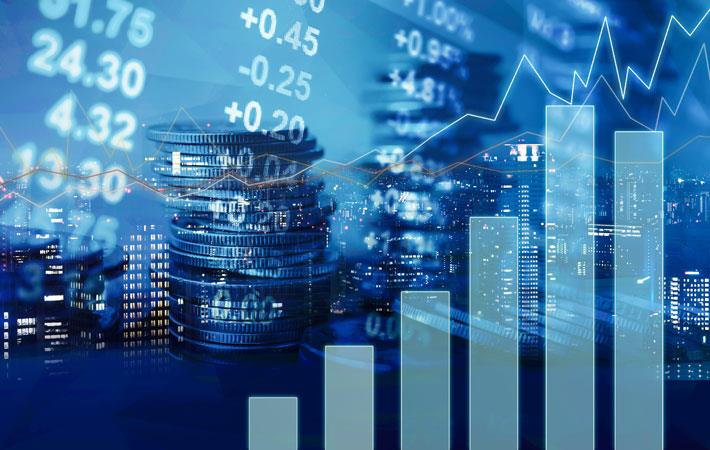Global economic growth in 2020 is expected to grow at a rate of around 3.4 per cent in purchasing power parity terms compared to its long-term average of a 21st century average of 3.8 per cent per year, according to new projections by London-headquartered PwC, which recently predicted that 2020 will be a year of ‘slowbalisation’ in the global economy.
Trade tensions will continue to create challenges for global supply chains and further integration of the global economy this year, it said in a press release.Global economic growth in 2020 is expected to grow at a rate of around 3.4 per cent in purchasing power parity terms compared to its long-term average of a 21st century average of 3.8 per cent per year, according to new projections by London-headquartered PwC, which recently predicted that 2020 will be a year of 'slowbalisation' in the global economy.#
PwC expect that services will remain a bright spot for global trade, with the total global value of service export forecast to hit a record $7 trillion in 2020. The United States and the United Kingdom are likely to remain the leading exporters of services, although China is expected to overtake France in fourth place during the year.
The overall picture for 2020 is that global economic growth will continue at a modest pace, as the major economies will be buoyed by accommodative financial conditions and an increased reliance on household consumption as a source of growth instead of net exports and investment.
According to Barret Kupelian, senior economist at PwC UK, “Globalisation has been a defining feature of the global economy since the 1970s. Yet the global volume of merchandise traded slowed down dramatically and even went into reverse in 2019. Coupled with the effective disbandment of the World Trade Organisation’s (WTO) dispute settlement mechanism in December, we can expect more challenging times ahead for global trade.”
‘Yet we should be clear this is a period of “slowbalisation”—with integration and trade flows still growing but at a slower rate. Given the links between merchandise trade flows and economic growth, we can expect to see a similar effect of below-average growth in the global economy in 2020.’
PwC expect the G7 to continue to create jobs, to the tune of around 2 million. Four out of the five new jobs in the G7 will be created in the United States, the United Kingdom and Japan. As the pool of labour resources in the G7 gradually dries up, earnings will continue their upward trajectory. But in the absence of productivity improvements, corporate profit margins could be squeezed.
Global renewable energy and nuclear consumption will make up more than 20 per cent of global energy consumption, which is the highest it has ever been. The rise of renewable energy reflects how businesses, households and governments are adapting and changing their attitudes.
China is expected to be the largest consumer of this type of energy closely followed by Europe. However, oil is expected to continue to remain the most preferred source of energy in 2020 for the world economy followed by coal and natural gas. The United States and China will remain the largest consumer of oil in the world in 2020.
In 2020, the world’s population is expected to reach 7.7 billion, which is around a 10 per cent increase compared to a decade ago. China, India and sub-Saharan Africa are expected to drive around half of the world’s annual population increase. At the same time, the number of people above the age of 60 globally is expected to surpass the one billion mark. China is expected to have a larger number of people above the age of 65 than all the six other largest emerging economies put together.
Fibre2Fashion News Desk (DS)
